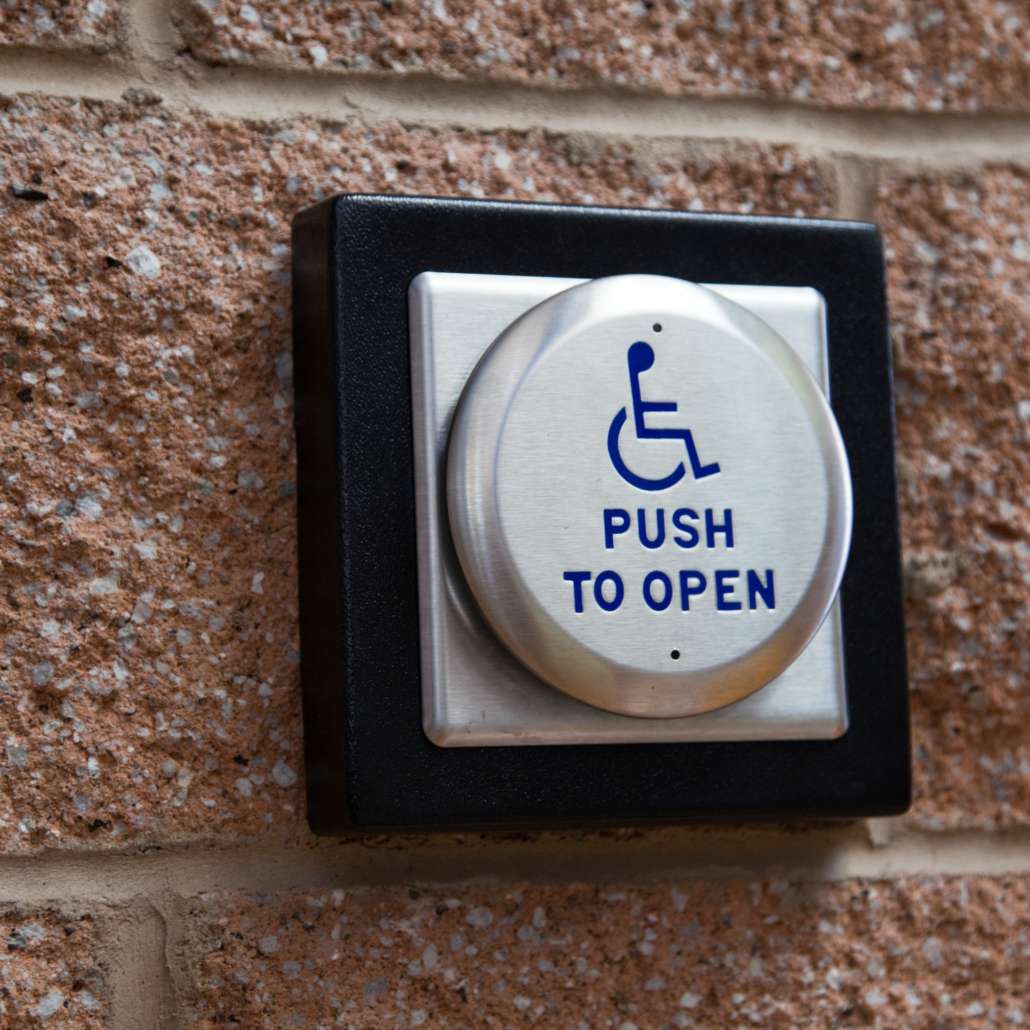Last Updated on May 14, 2024 by
Did you know 15% of group exercise attendees identify as having a disability or long-term health condition?
These people are likely attending your classes already, and you may not even know!
Creating an accessible group exercise class is crucial. It ensures more people enjoy health and wellbeing. In this blog, you’ll discover:
- What accessibility is
- What it means to people
- How you can create accessible classes.
What is accessibility?
Accessible technology and communications company SeeWriteHear define accessibility as:
“The practice of making information, activities, and/or environments sensible, meaningful, and usable for as many people as possible.”
Are accessibility and inclusion the same thing?
Although related, accessibility and inclusion are slightly different.
Accessibility is the practical steps you take to ensure everyone has an equal opportunity.
Inclusion focuses on creating a culture of acceptance, understanding, and respect that enables people of all abilities to join in.
Accessible fitness is about giving everyone an equal chance to enjoy physical activity. Breaking down barriers eliminates or reduces obstacles that may stop someone from taking part. This could be a lack of equipment, not having enough space, or something else.
What accessible features might a venue have?
Accessible features in a fitness class venue may include:
- Access ramps
- Self-operating doors
- Hearing loops
- Large and high/contrast signage
- And more
The Equality Act 2010 says venues must make reasonable adjustments to ensure disabled people are not at a disadvantage.
If you want to learn more about reasonable adjustments, watch this short video below from the Equality and Human Rights Commission.
Is my group fitness class venue accessible?
Ask yourself this: getting in, out, and around your venue may be easy for you, but what about your class attendees?
Put yourself in your participant’s shoes. Do a venue walkthrough from the building exterior right into the room that you’ll be teaching in. Don’t take it for granted that your room is accessible just because the venue entrance has a ramp. You may encounter:
- Heavy doors
- Steps
- Narrow corridors
These could be barriers to people with wheelchairs, people with mobility issues, people with sight loss, and more.
Scope, the disability equality charity for England and Wales, has a great guide to checking venue accessibility here.
Go beyond ticking a box
It’s not as simple as ticking a checklist for accessibility. It’s important to make sure that any features in place work and are fit for purpose. For example:
-
Check that the accessible toilet isn’t used as store cupboard.
-
Make sure people on site (and yourself!) know how to use the hearing loop.
-
Ask when the scheduled maintenance for lifts and self-operating doors is. Warn your class members of these dates and times.
-
Where the venue has accessible parking spaces, ensure these are truly step free. This means no curbs to prohibit access from car to venue entrance.
Over to you!
Accessibility is about equity. It’s about giving people the tools they need to have a high-quality group exercise experience, just like anyone else. With a little bit of planning and thought, even more people can reap the benefits of your fitness classes.
Did you know…
We’ve written a whole resource on engaging disabled adults in group exercise?
It’s packed full of top tips and information, including:
-
Using the right language
-
Selecting imagery
-
And more!
You can download it for free here.
More information
Find more information in the following links:



